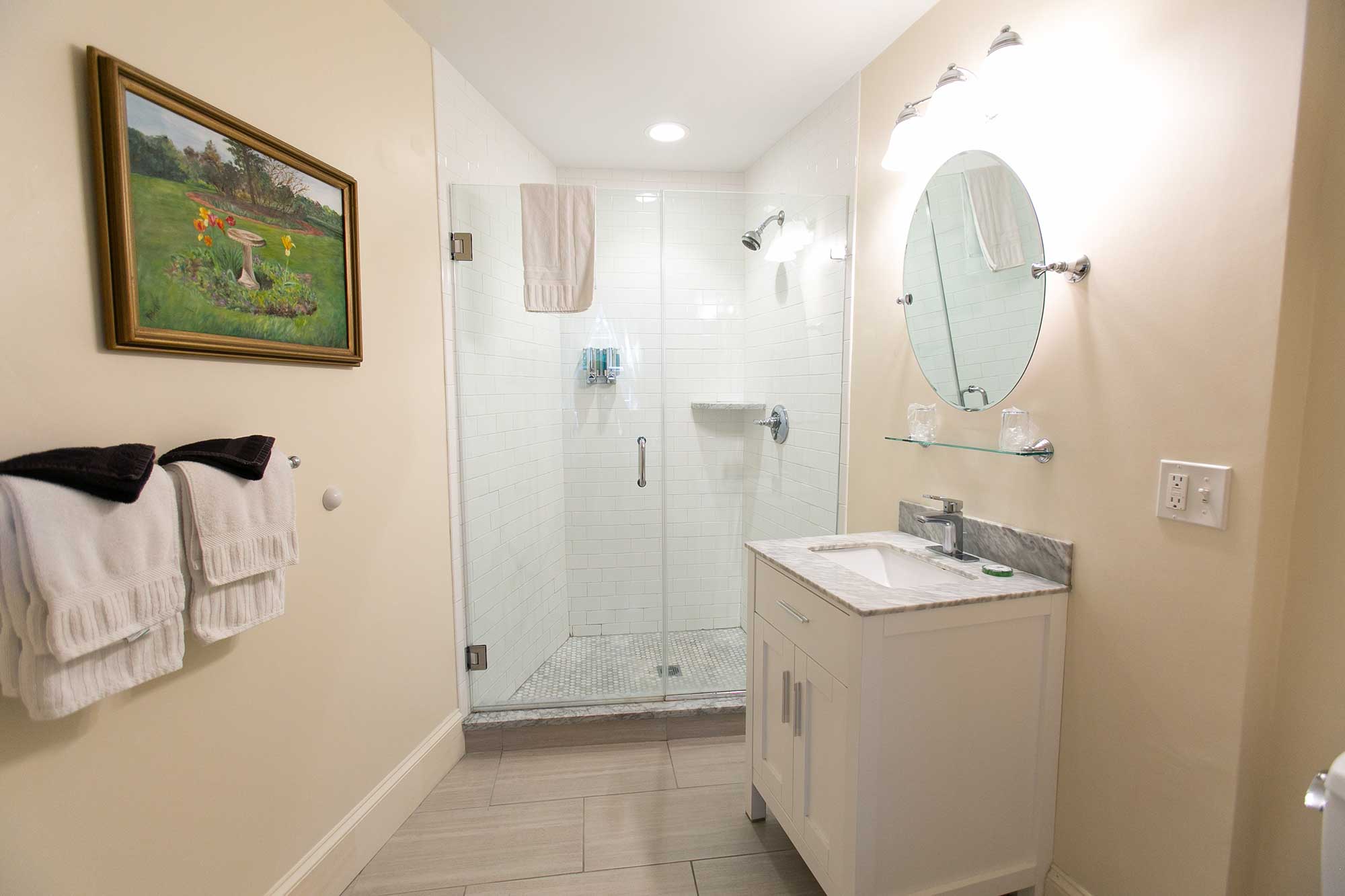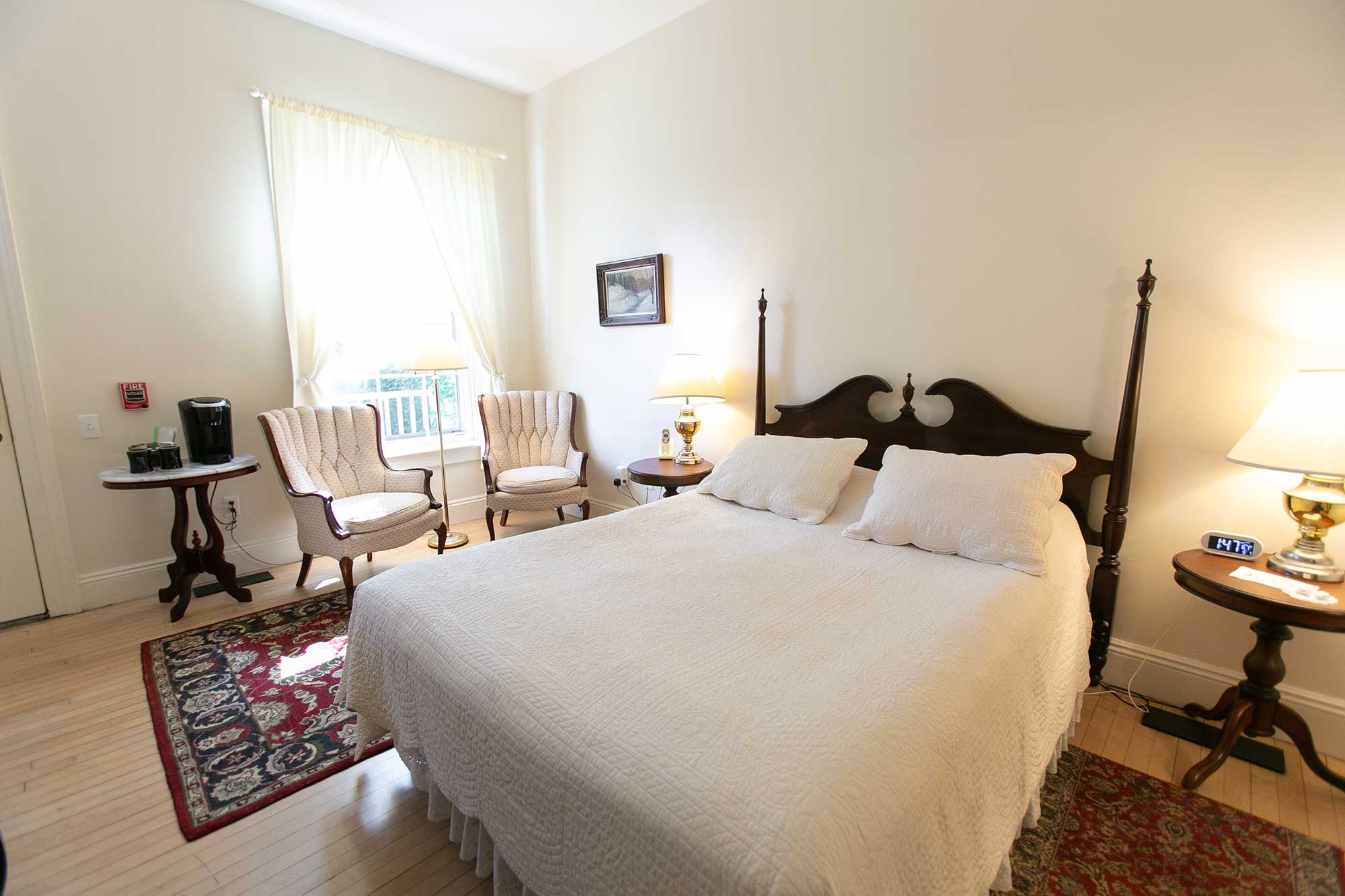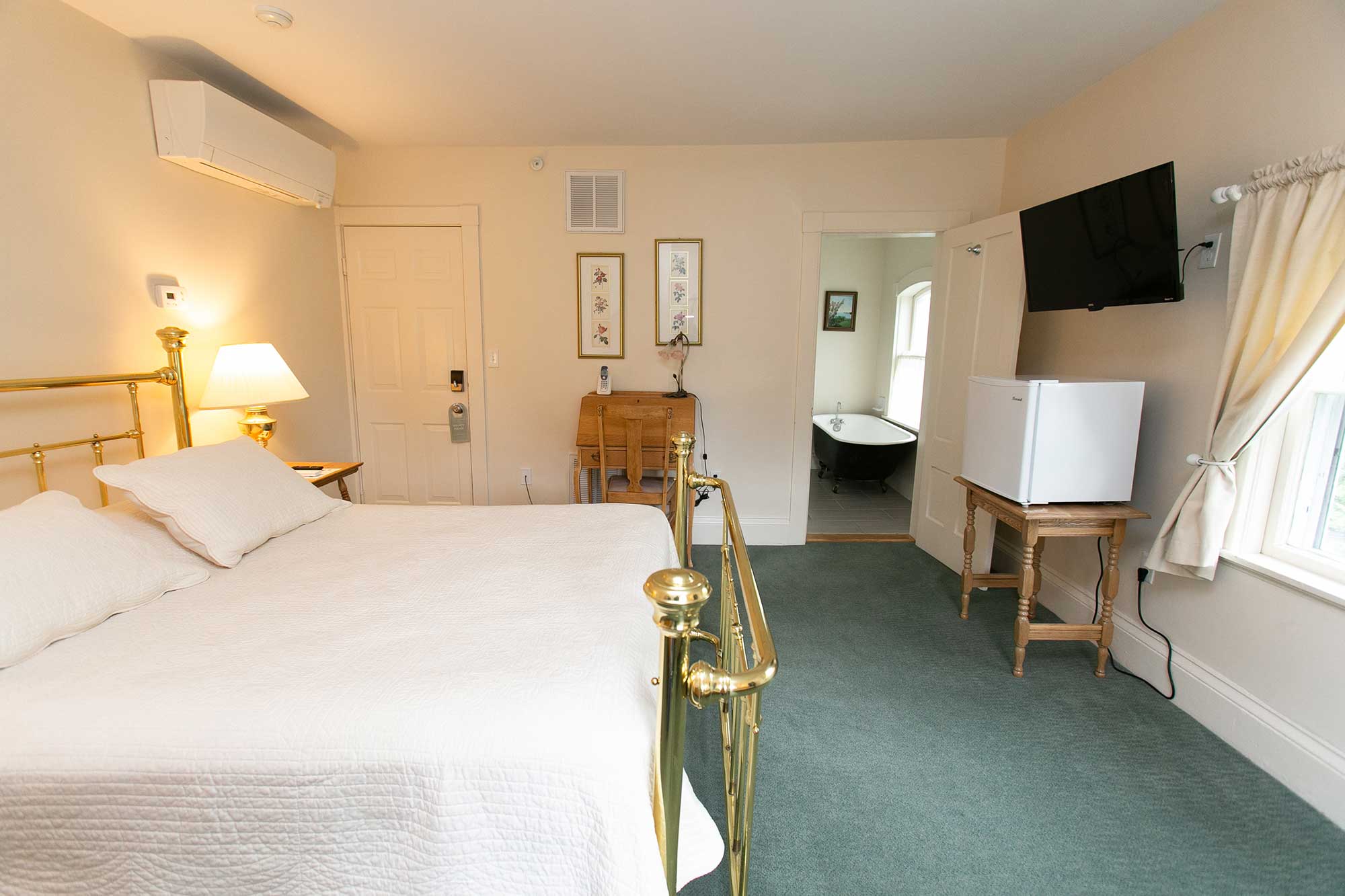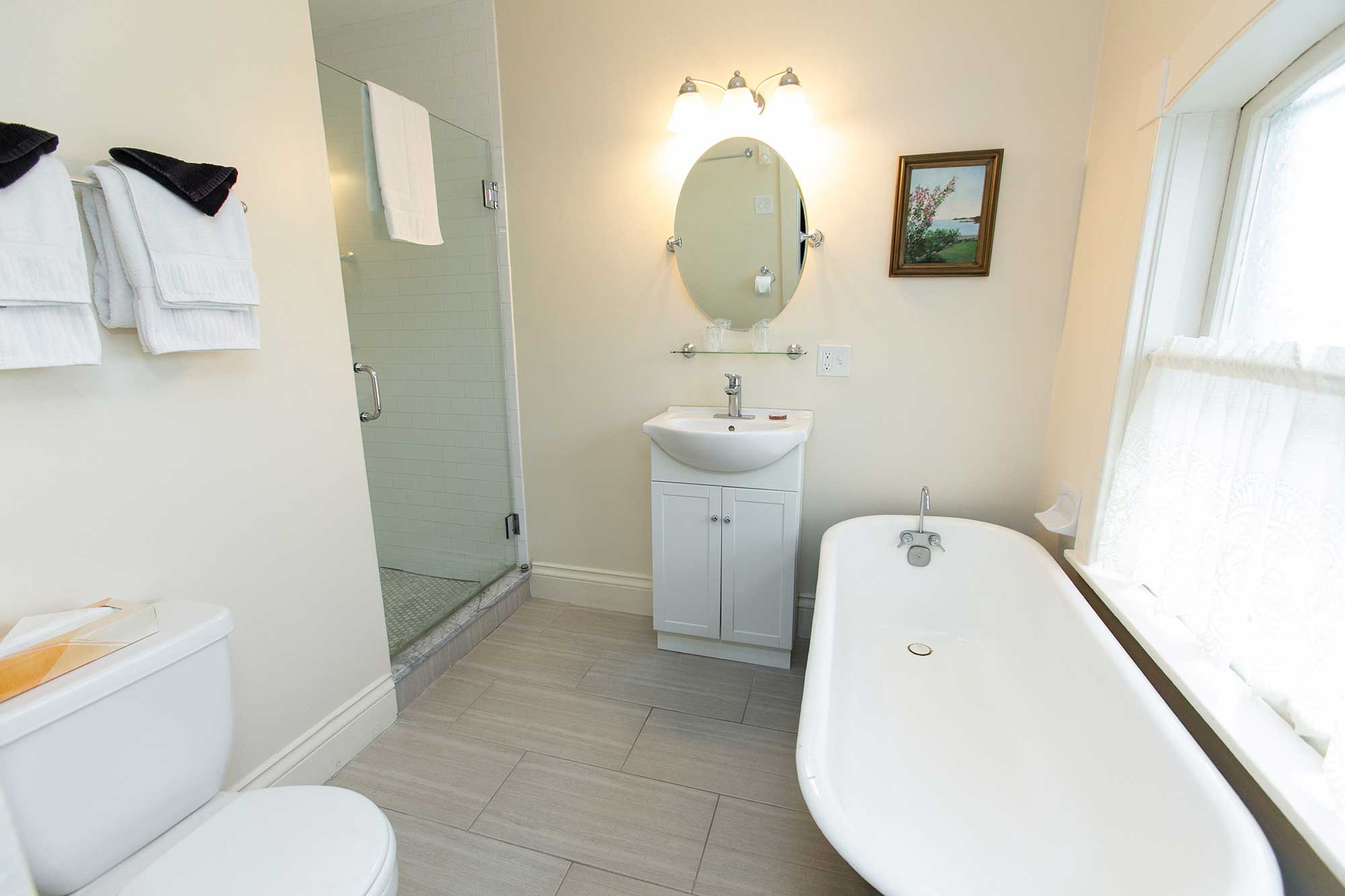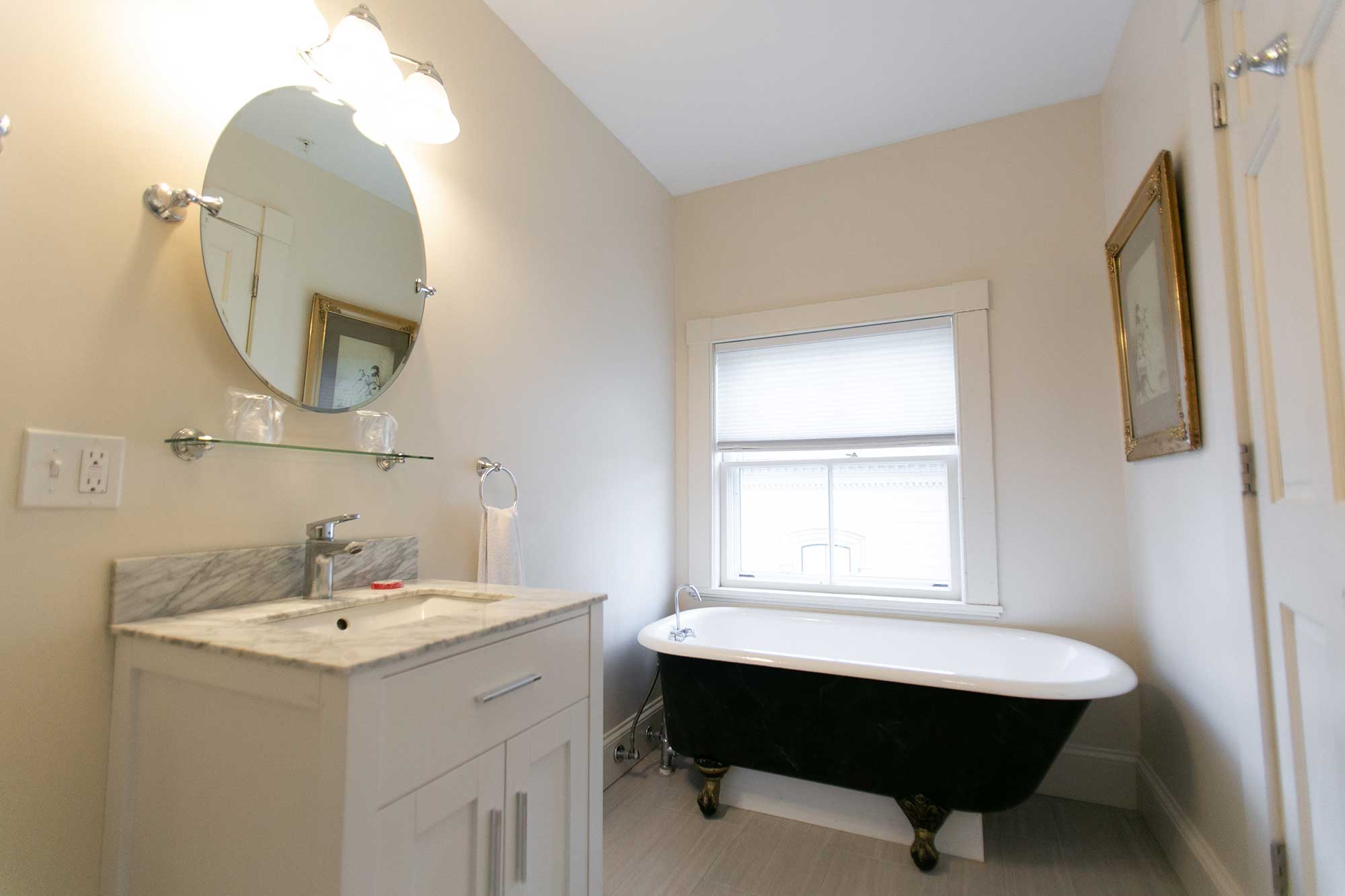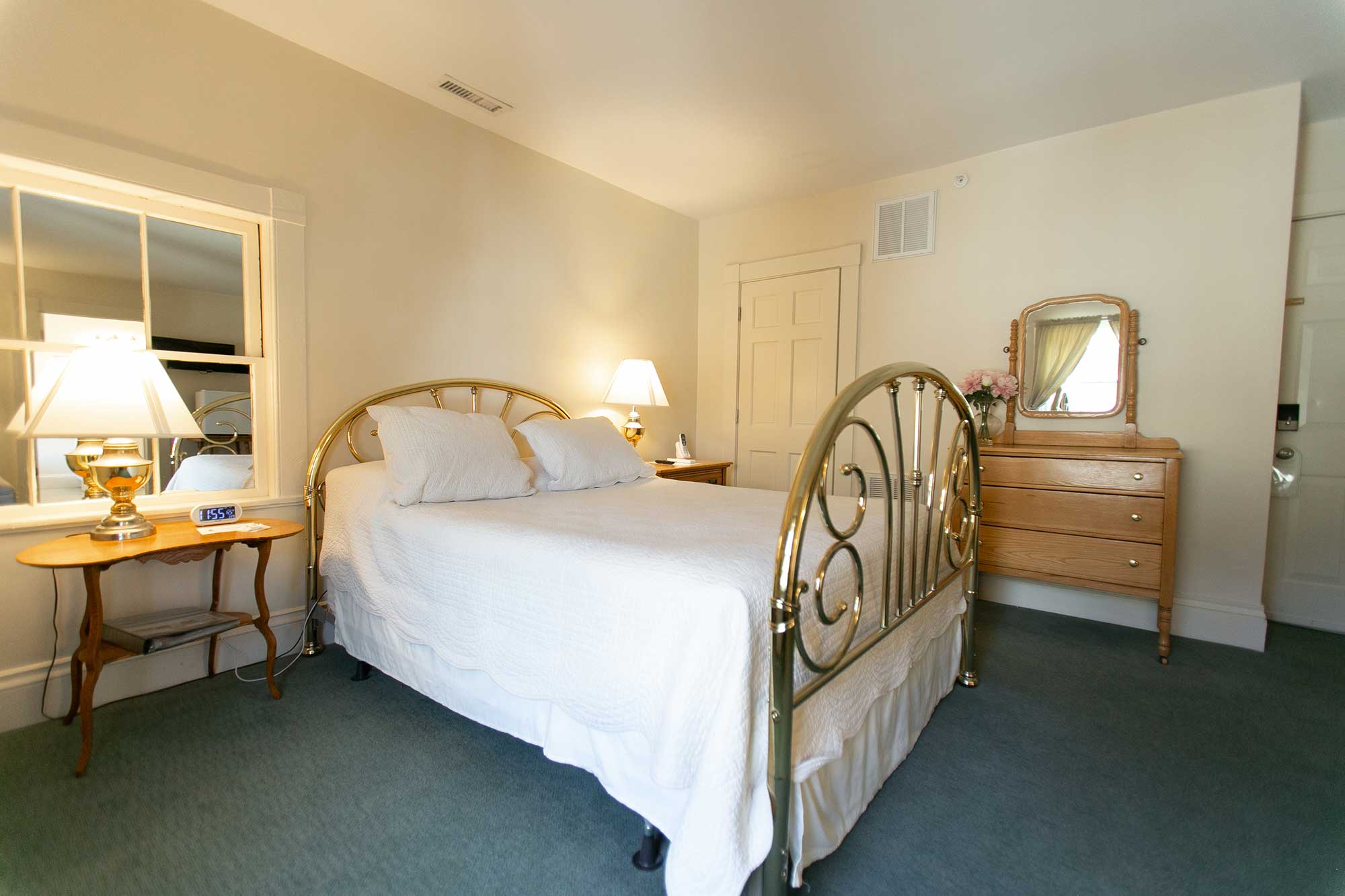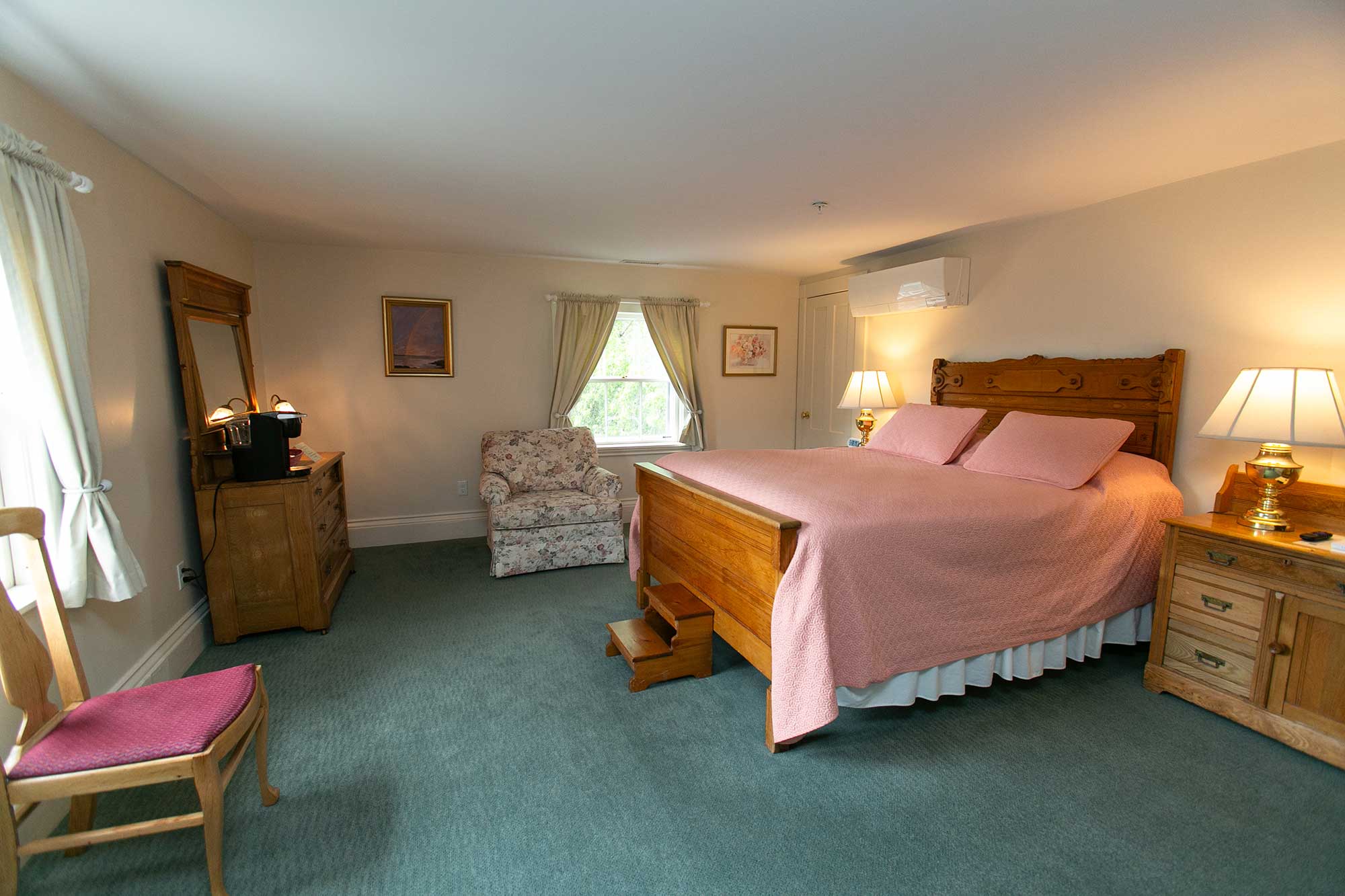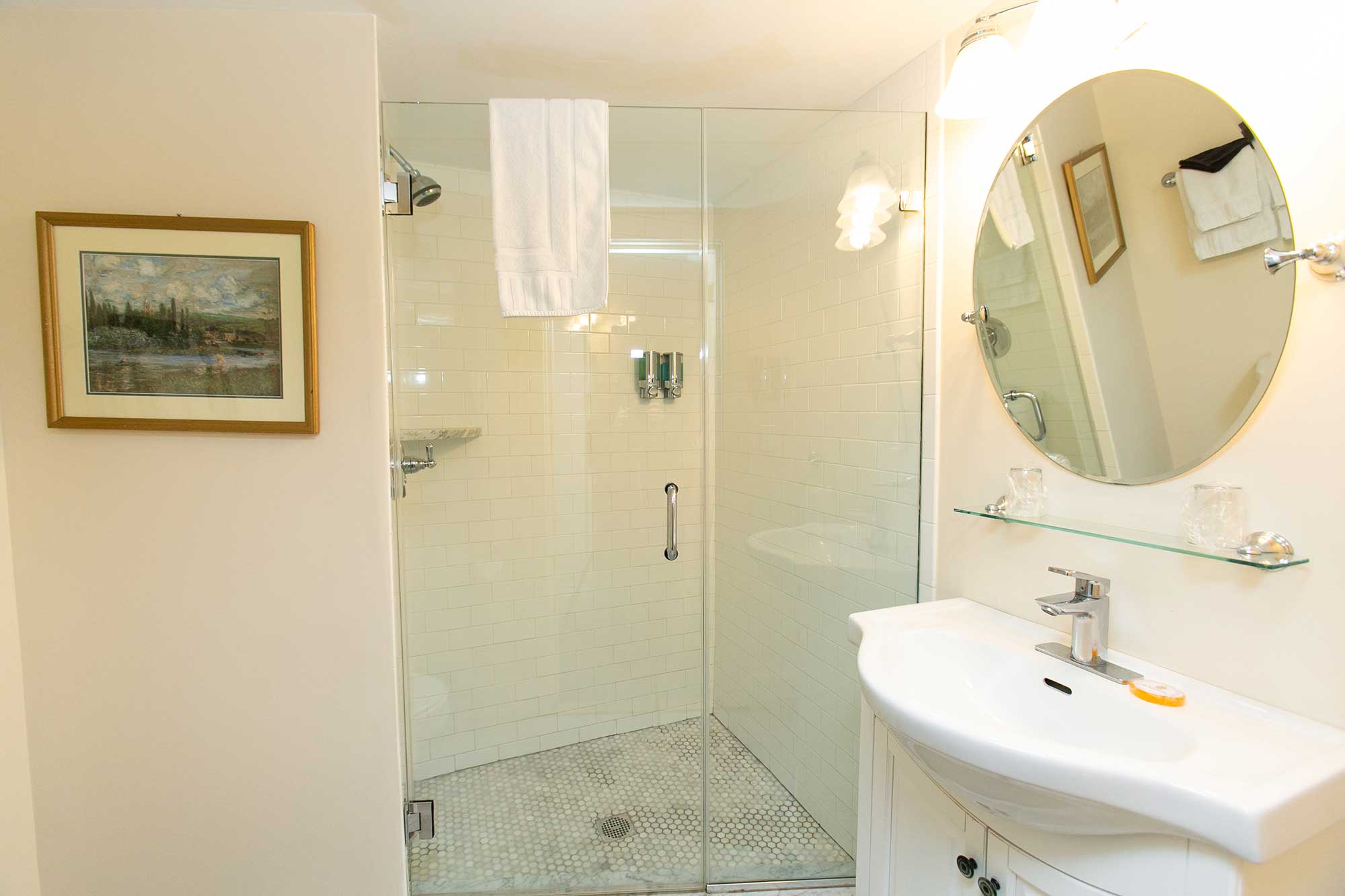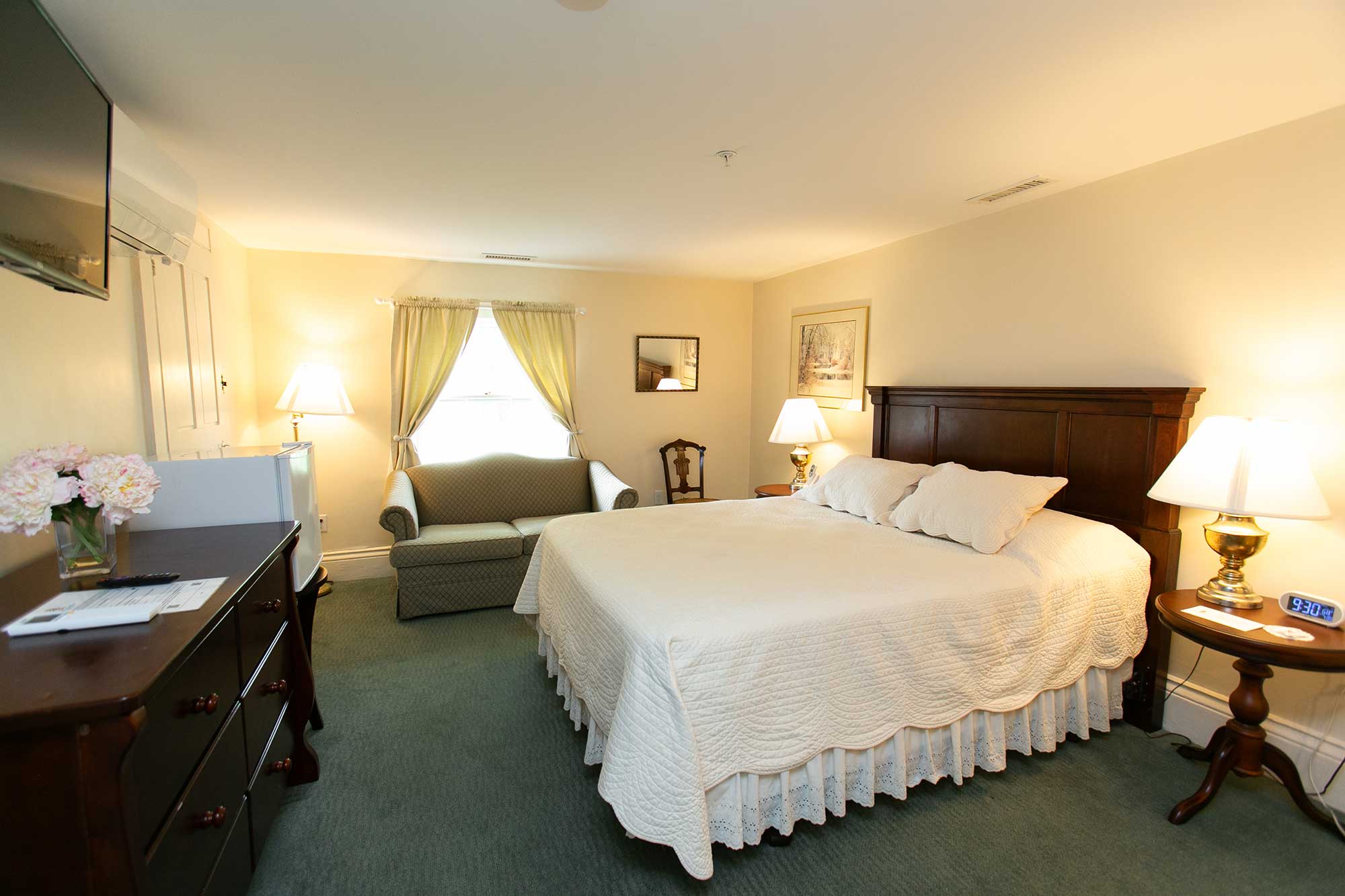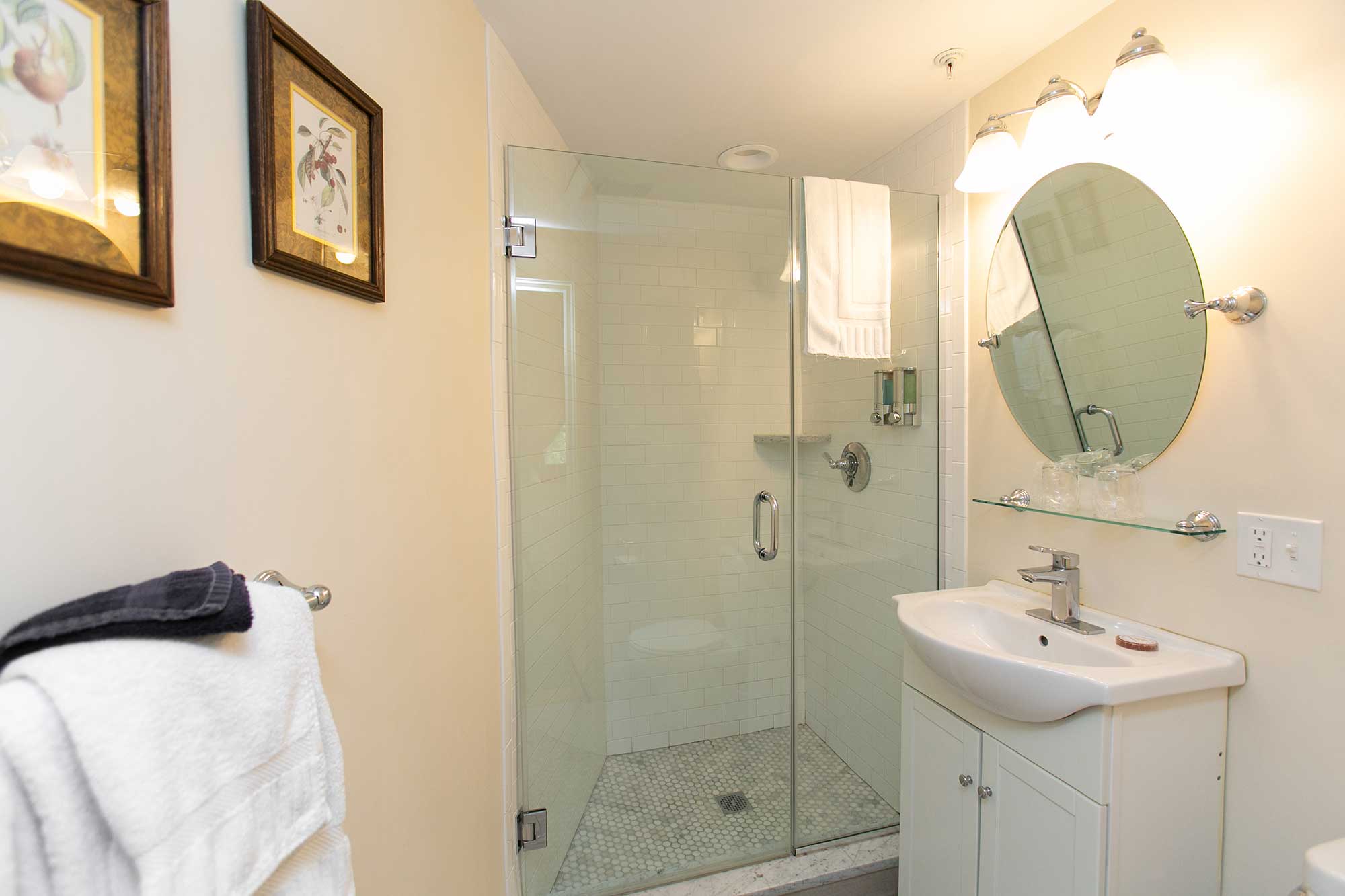Curwen House Classic Rooms
C14 - The Jerusalem Room
The area known as Salem today was originally named Naumkeag after the tribe of Indians who inhabited Essex County. However, early settlers preferred to call it Salem, a name that derived from Jerusalem, which means city of peace.
More PhotosBOOK NOW
C31 - The Saltonstall Room
Mayor Leverett Saltonstall oversaw the building of City Hall from 1837-1838. The cornerstone was laid on September 6, 1837. Artifacts buried beneath the cornerstone included copies of local newspapers, the mayor’s speech for the organization of City Government (May 9, 1836) and the new City Charter.
BOOK NOW
C32 - The Ropes Room
The Ropes Mansion, now part of the Peabody Essex Museum, is located just across the street at 318 Essex Street. The house was built for Samuel Barnard, another well-known Salem merchant. The house was purchased by Judge Nathaniel Ropes Jr. in 1768 and was inhabited by the Ropes family until 1907.
More PhotosBOOK NOW
C33 - The Old Glory Room
Captain William Driver of Salem nicknamed the American flag "Old Glory." Captain Driver received a large hand-sewn flag and promptly ordered it to be flown on his ship.
More PhotosBOOK NOW
C34 - The Founder's Room
Roger Conant and a group of immigrants discovered what is now known as Salem in 1626. Conant is known as the founder of Salem. Originally, the settlement was named Naumkeag after the Native-American group that lived there before, but it was changed to Salem, which derives from the Hebrew word for “peace”. Many great and fascinating men and women have made history in Salem, but Roger Conant was and always will be the first.
More PhotosBOOK NOW
